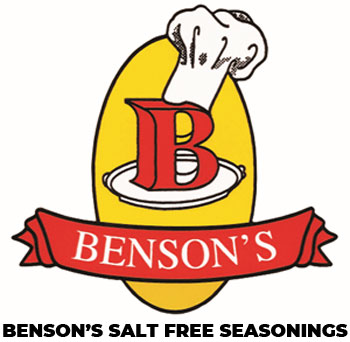Following a high blood pressure diet is important for anyone that is concerned about his or her health, especially heart health. As the heart pumps blood through the body the pressure that is required to do so is blood pressure. There are two readings when blood pressure is measured. Diastolic pressure is measured when the heart is between beats, and systolic pressure is when the heart pumps blood through the body. Hypertension, or high blood pressure, is often called the silent killer because symptoms are usually not noticeable except for a dizzy feeling or slight headache. There are steps that you can take to control your blood pressure, most notably through diet and exercise.
There are factors that put people at a higher risk of developing high blood pressure. These include inactivity, excess weight, alcohol consumption, smoking, stress, lack of sleep, and an unhealthy diet. High blood pressure can be controlled with medication, but choosing a healthy lifestyle should be the first step. Those that want to reduce their risk of developing high blood pressure should follow an exercise routine and a healthy eating plan.
One of the most important foods that should be regulated is sodium intake. Sodium naturally occurs in fruits and vegetables and is required for our bodies to function. The problem with sodium is that most people simply consume too much of it. It is scientifically proven that a reduction of sodium intake can indeed lower blood pressure. It is recommended that sodium be limited to no more that 2,400 mg per day for a healthy person. That works out to be only one teaspoon of salt per day. Those following a low sodium diet should limit their sodium to less than 2,000 mg per day. In 2010, the American Dietetic Association is recommending a much lower number of only 1500 mg of sodium per day, to anyone over the age of 51, or you are black, or have high blood pressure, or have diabetes, or chronic kidney disease. This figure includes all salt and sodium that is eaten or consumed (including liquids), either in processed foods or if added at the table or when cooking. It is important to read the labels on the food you are purchasing and make an effort to only buy foods that contain less than 500 mg of sodium per serving (per meal).
Typical foods that are high in sodium include:
- Baked items: pastries, biscuits and bread
- Canned foods
- Pre-made foods: pizzas, frozen dinners, and packaged food
- Most cheeses
- Bacon, mayonnaise based salads, lunch meats, smoked meats, and canned meats like tuna or chicken
- Snack foods – French fries, chips, crackers, pretzels
- Condiments – Pickles, olives, relish, mayonnaise, catsup, mustard, salad dressings, bbq sauce, steak sauce, soy sauce, teriyaki sauce
- Fast food
Following a blood pressure diet will help maintain a healthy blood pressure level. It is also important to stay active and maintain proper fluid levels. If you are dehydrated the sodium level of your body will increase because your body is trying to hold all the water it has. The body retains the sodium because sodium has the ability to help cells hold water. This increase in sodium causes blood pressure to increase. For proper blood pressure control it is recommended to drink at least two liters (about 9 cups) of water per day (not softened water). Unfortunately, most of us (it is estimated over 75%) are chronically dehydrated.
Remember that one of the most vital points of the high blood pressure diet is the reduction of your daily sodium intake. This can be accomplished by making the right choices in the foods you eat and drink. Today, with the increasing number of salt substitutes, salt free seasonings and heart healthy recipes available, eating healthy and choosing to follow a low sodium diet has never been easier.
